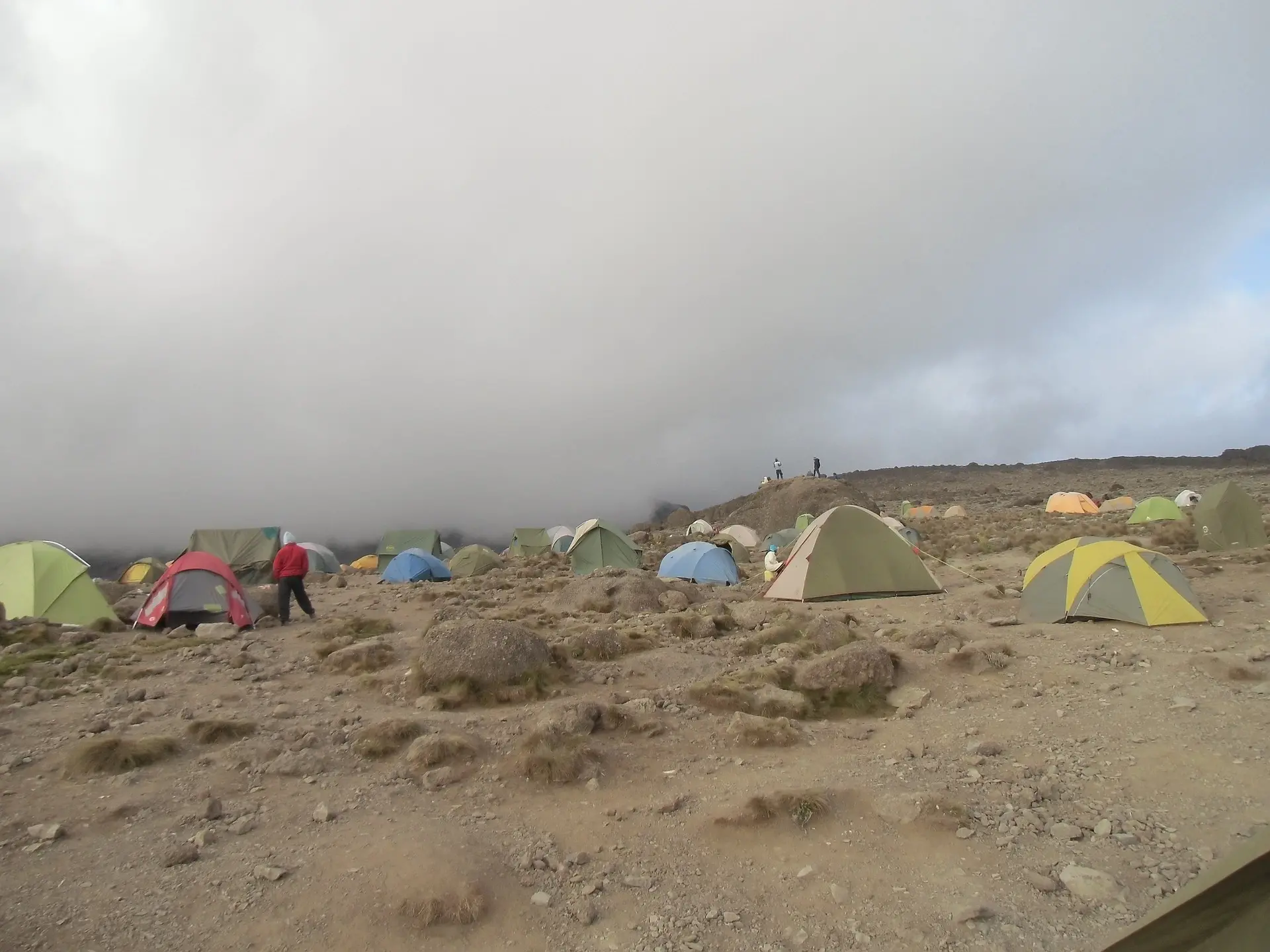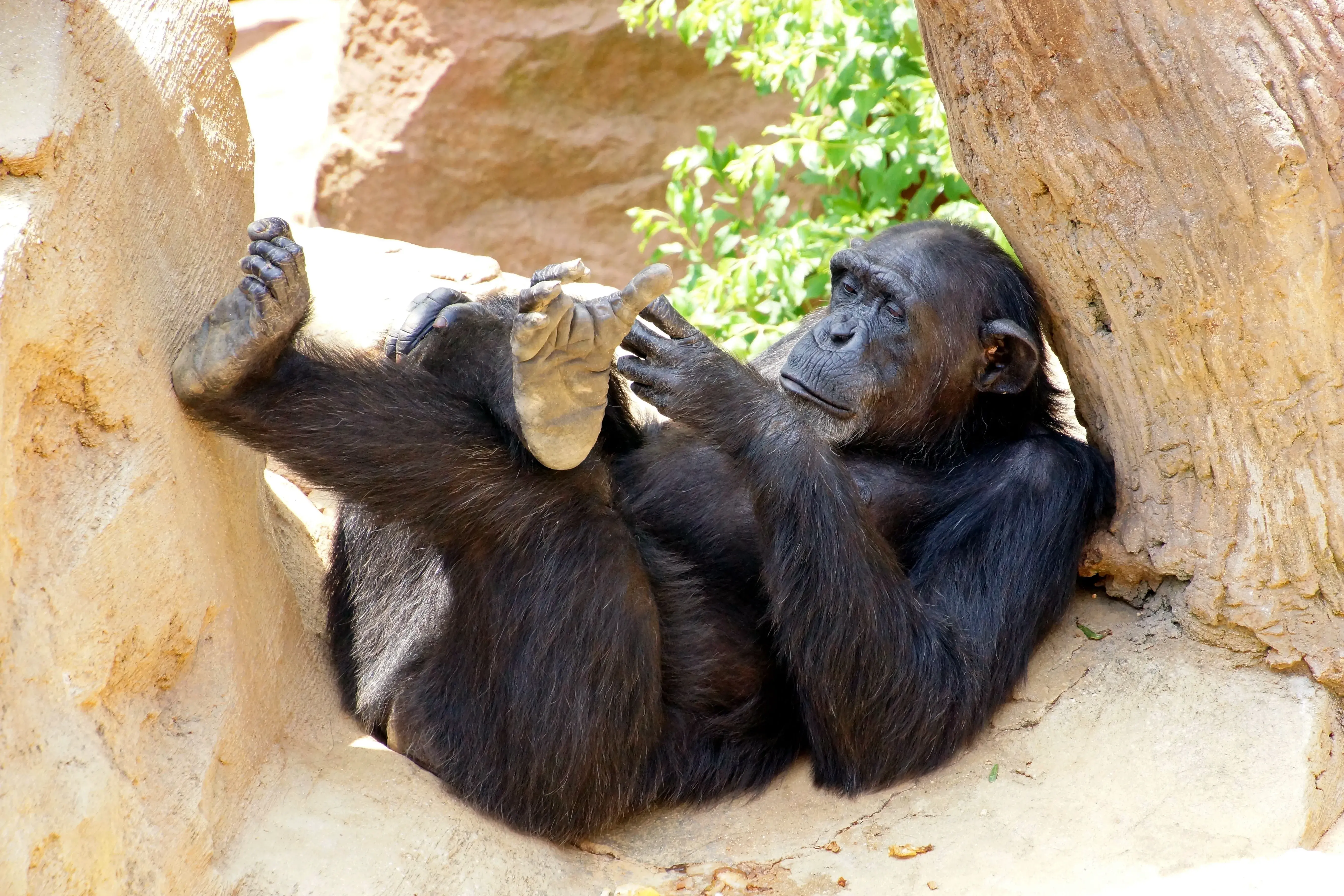
Training to Climb Mount Kilimanjaro In Tanzania
Climbing Kilimanjaro is not a technical mountain climb, its a hike. A tough, multi-day trek at altitude. It can feel like a long, hard slog in the thin air, especially on summit night. Being physically prepared can mean the difference between a safe and comfortable climb, and a miserable, exhausting experience. So, how do I train for Kilimanjaro?
Being in peak physical fitness does not guarantee summit success. Even the fittest athletes can succumb to the effects of altitude. You don’t need to be an elite athlete to tackle Kilimanjaro, as the altitude will be the ultimate deciding factor.
However, it’s possible that the fitter you are, the less of your aerobic capacity you need to utilize to trek, allowing you to handle the additional stress of acclimatizing to the altitude more easily.
Things to bear in mind:
While fitness alone will not help you acclimatize to the altitude, being in the best shape possible will have the following benefits:
Don’t forget:
There is no best fitness program for Kilimanjaro, and how much training you’ll need is unique to your situation. If you’re very fit or going to the gym regularly, then you might need to add some hiking trails (preferably uphill). If you’re unfit, then you may need to start at the beginning.
Disclaimer: Please consult your doctor or healthcare professional before embarking on any training program or change to your current routine. Have a medical check-up before you commit to any high-altitude trek. The information in this article is for information purposes only.
Fitness and training to climb Kilimanjaro
Any Kilimanjaro fitness program will depend on your current exercise routine, injury status, and fitness levels. You don’t need superhuman levels of physical performance, with enough time (and if your doctor agrees) most healthy people are able to get in shape for Kilimanjaro.
It’s a case of getting your body used to the specific demands of the trek.
The main aspects you’ll need to work on are:
Top Tips for a Successful Fitness Program
Keep it simple & sustainable
Pick an exercise you enjoy. If you love biking, then get out on your bike, if running’s your thing, then do that. The important thing is whatever exercise you do, make it progressive, so you build up your stamina and keep pushing yourself.
If you’re short of time, consider high-intensity interval training. Anything that improves the work capacity of muscles and your cardiovascular system.
Use daily life events as training opportunities
In addition to your more formal training program, find other opportunities as you go about your day. Do you have a dog? Put on a daypack with 20lbs when you take Fido for his daily walk. Take the stairs, mow the lawn, anything that gets you moving.
In the Hills or in the Gym
Wherever possible, put on your boots and daypack, and get outside. Hiking up and down hills, over rough terrain will give you an idea of what it’s like on the mountain. Increasing the duration of your walks will help to prepare you for being on your feet for many hours at a time.
No access to hills? Crank the treadmill onto a steep incline, or use the stair master. Wear your daypack and hiking boots, and practice.
Make it Progressive & Listen to your body
You want your training to be challenging, to prepare your body and your mind. But you don’t want to burn yourself out. Prepare your training program to be progressive, so you keep making gradual gains in your fitness process.
The Importance of Rest & Recovery
There’s a delicate balance between pushing yourself hard and pushing yourself too hard. Muscle soreness, injury, poor sleep, and fatigue can be indicators that you are going too hard, too soon.
Start training for your Kilimanjaro climb early enough (3-6 months). Good training is not an overnight success; it’s the sustained process over time.
Prevent Plateaus
Switch up your training every 3-4 weeks and incorporate something different. If you do the same thing all the time, your body will adapt to it, and you’ll need to go harder for the same benefit. Switching to a different workout routine presents new challenges for your body to adapt to.
Note: this is the main reason it’s important not to “just walk” for your Kilimanjaro preparation. Your body will adapt to walking at sea-level quite quickly unless you’re doing multiple hours of hiking per day.
Taper your Training
About two weeks out from the start of your climb, keep up the training but lower the intensity. You’ll want to be fresh and well-rested at the start of your climb, and you don’t want to risk injury.
Endurance and Cardiovascular Fitness
Endurance or stamina refers to the body’s basic ability to maintain a high rate of work for long durations. Training for endurance is basically an organized method to enhance your metabolism, or, in other words, to increase oxygen efficiency and energy production in your muscles.
Strength Training
What is strength? It’s the body’s ability to perform the most work with the least amount of effort. Remember, you’ll have the altitude to contend with, so you want your body to be as efficient as possible at performing the “work” (trekking) it’s required to do.
Resistance training predominantly trains the anaerobic (without oxygen) energy production systems.
You’ll need strong legs to power you up the mountain, and the downhill sections can be hard on your hips, knees, and thighs. A good strength training program will help the larger muscle groups build strength, and also strengthen the smaller, stabilizing muscles around the joints to reduce injury.
You don’t need to go full-on bodybuilder strength training, but incorporating resistance training 2-4 times a week will pay dividends later on. If you’re not experienced with weight training, we highly recommend consulting a personal trainer.
Stretching, Flexibility & Yoga
When you’re doing a lot of cardio or strength training, it’s easy to ignore flexibility. Stretching your muscles before and after exercise reduces injury. It makes you more balanced and helps the muscles recover.
Incorporating some yoga into your program helps with your breathing techniques, promotes good posture and helps you to stay calm and focused on the challenge ahead.
Breathing Techniques
Learning to control your breathing is very important when you hike in the thin air. Shallow breathing and hyperventilation don’t allow you to take in enough oxygen and can increase your body’s stress response. Be mindful of your breathing and learn to take long, slow, deep breaths.
Using yoga or meditation can help with your ability to listen to your body. Tuning into your body’s needs such as hunger, thirst, heart rate, aches, and pains means you’ll know quickly if something’s wrong.
Injury Prevention & Existing Injuries
Most of us have the odd sore knee, tight hip or weak shoulder. Knowing your current limitations (check with your doctor for any injuries you suspect you have) allows you to prepare better.On the Mountain
Learn the Rest-Step
The “rest step” is a hiking technique that has you drop your heel with every step, completely straightening your leg. This puts the weight on your skeleton and gives your muscles a chance to relax for a moment.
And most importantly: tell your guide immediately if you feel unwell, have a headache, nausea or are suffering any kind of pain.
Mental Stamina
Trekking Kili is a mental challenge and requires perseverance and determination. The long hours of hiking, effects of altitude, and sleeping in a cold tent can all take their toll.
How can you ‘train’ mental stamina?
Nutrition
On the mountain, we provide you with well-balanced nutritionally dense meals and cater for most dietary requirements. During your training, it’s important to follow a healthy nutritional plan for optimal results that aligns with your goals. Read more on Food on Kilimanjaro climb
Summing Up
Anyone, in good health (if your doctor agrees) can get fit enough to climb Mt Kilimanjaro. There’s no “magic bullet” or secret to training for Kilimanjaro, it’s a matter of putting the work in, and gradually building up your capacity.Try not to compare yourself to others. Many people in sub-optimal physical condition have achieved the summit, and many athletes have failed. The effects of altitude are a great equalizer. Be your best self, train to be in your best physical shape. If in doubt, seek professional help from a qualified personal trainer or your physician.
Questions? Contact us today or book now for your adventure of a lifetime!








